Your therapist may recommend combining CBT with medication or trying another type of talk therapy or counseling. The most important thing is to make sure you’re receiving the help you need. You may also be given “homework” assignments to guide you during therapy, such as journaling to record your disturbing thoughts or practicing breathing exercises when you’re feeling anxious. All of these components will be important steps in the healing process.
- Next, strategies are implemented to help you develop healthier thoughts and behavior patterns.
- The first session is primarily an assessment of your current situation.
- Most trials were conducted by dietitians or certified nutritionists, often CBT experts.
Core concepts of CBT
When you feel that way it is difficult to do the things that used to give you pleasure, and so you might avoid situations with the intended consequence of conserving your energy. Unfortunately, the unintended consequence of behaving this way is that you have fewer opportunities for good things to happen to you, and the result is that you stay depressed. It can explain why some people often feel very anxious (perhaps they have a habit of interpreting situations as threatening) or very sad (perhaps they have a habit of interpreting situations very negatively). One study found that the effects of CBT decreased over time, which could be due to therapists deviating from the original principles of CBT or a combination of other factors. CBT often includes out-of-session practice like self-reflection tasks, behavioral exercises, and readings. Since CBT is a collaborative effort, it’s important to feel comfortable with and connected to your therapist.
Cognitive therapy
Behavioral activation is a powerful treatment for depression that focuses on increasing opportunities for rewarding experiences. Initially, some patients suggest that while they recognize that certain thoughts https://ecosoberhouse.com/ are not rational or healthy, simply becoming aware of these thoughts does not make it easy to alter them. Your therapist will encourage you to talk about your thoughts and feelings and what’s troubling you.
Philosophical concerns with CBT methods
Effectiveness of a cognitive behavioral therapy-integrated, hospital-based program for prediabetes: a matched cohort … – Nature.com
Effectiveness of a cognitive behavioral therapy-integrated, hospital-based program for prediabetes: a matched cohort ….
Posted: Fri, 05 Apr 2024 07:00:00 GMT [source]
At any moment, someone’s aggravating behavior or our own bad luck can set us off on an emotional spiral that threatens to derail our entire day. Here’s how we can face our triggers with less reactivity so that we can get on with our lives. While some clients may be hesitant, there are many advantages of seeing a therapist from a different generation.
Psychological therapy shows promise in improving quality of life for people living with motor neuron disease
Specialized forms of CBT may also be used to treat specific conditions. For example, cognitive behavioral therapy for insomnia, or CBT-I, has been found to be a highly effective short-term treatment for chronic insomnia; it is now the recommended first-line treatment for individuals struggling with insomnia. Another example is enhanced cognitive behavioral therapy, or CBT-E, a form of CBT specifically designed to treat eating disorders. Brief cognitive behavioral therapy, or BCBT, is a shortened form of CBT used in situations where the client is not able to undergo a longer course of therapy.

What to expect from CBT
It has been recently suggested that the importance of motivation in the failure of weight loss programs makes the assessment of motivation a core procedure for all patients living with obesity, both before and during treatment. Armstrong et al. suggested that a motivational interview (a directive, patient-centered counseling approach focused on exploring and resolving ambivalence) appears to enhance weight loss in people with overweight or obesity (67). Moreover, the motivational interview could be used as a separate intervention throughout the course of treatment, when the motivation of obese patients decreases (68). Furthermore, the dissatisfaction with the initial results of the treatment association with dropouts indicates that intensive treatment in the first part of the program might be useful. Belinda Gordon-Battle is a licensed clinical therapist and life consultant based in Miami while providing therapeutic services across the globe.
Support links
In the 1960s, Aaron Beck developed cognitive behavior therapy (CBT) or cognitive therapy. It also has been demonstrated to be effective as an adjunctive treatment to medication for serious mental disorders such as bipolar disorder and schizophrenia. CBT has been adapted and studied for children, adolescents, adults, couples, and families. This activity reviews the efficacy of CBT in both psychiatric and non-psychiatric disorders and the role of the interprofessional team in using it to improve patient outcomes. Cognitive behavioral therapy (CBT) is a short-term form of psychotherapy based on the idea that the way someone thinks and feels affects the way he or she behaves.
Are You Feeling Suicidal?
The cognitive behavioral therapy (CBT) triangle, commonly called the ‘cognitive triangle,’ provides a structured framework to understand the interplay between thoughts, feelings, and behaviors. Your therapist will help you prioritize these goals and set up incremental steps to achieve them. If you’re feeling depressed, for instance, you may have a hard time setting goals or believing that you can attain them. Having the support of a mental health professional can enable you to develop more realistic goals and maintain your motivation throughout the course of treatment. Rational emotive behavior therapy (REBT) was the foundation for CBT and is based on how our thoughts influence our behavior. The three principles are activating events, beliefs, and consequences.
CBT originally evolved to treat depression, but research now shows that it can address a wide array of conditions, such as anxiety, post-traumatic stress disorder, substance use disorder, and phobias. Versions have also cognitive behavioral therapy been created to treat insomnia and eating disorders. But beyond treating clinical challenges, CBT can also provide the skills people need to improve their relationships, happiness, and overall fulfillment in life.

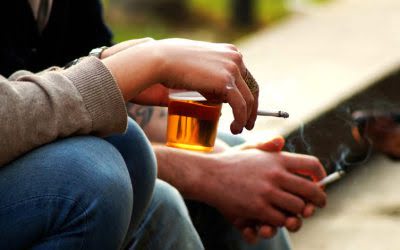


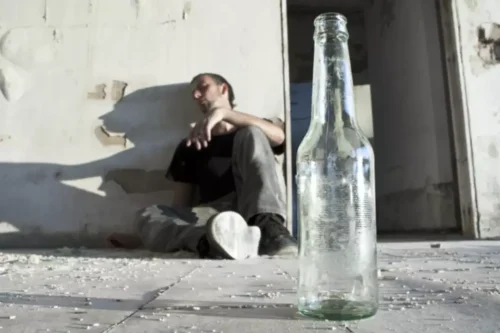
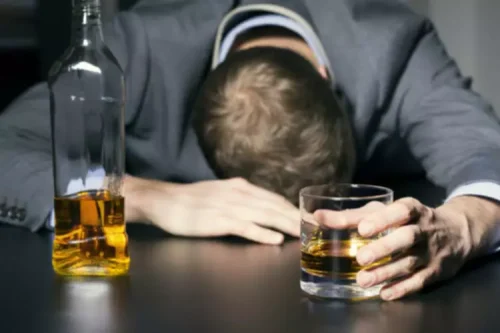

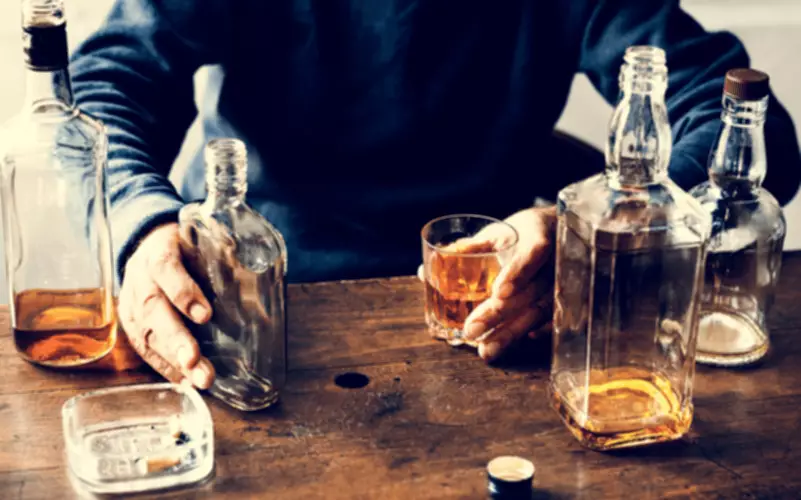
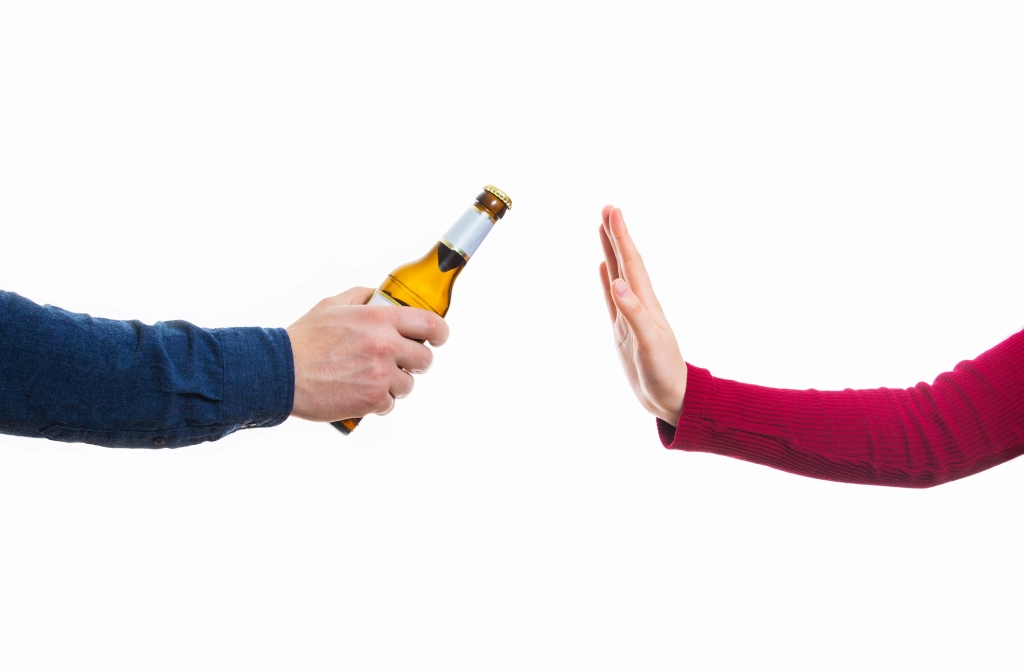


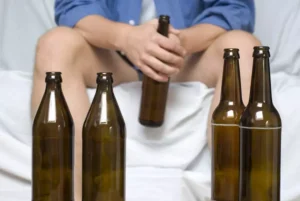


Comentarios recientes